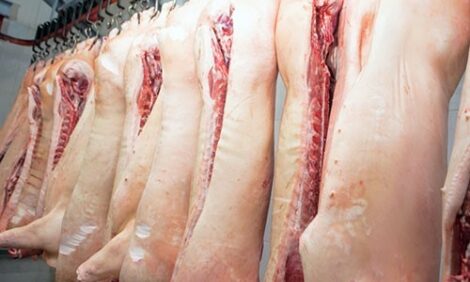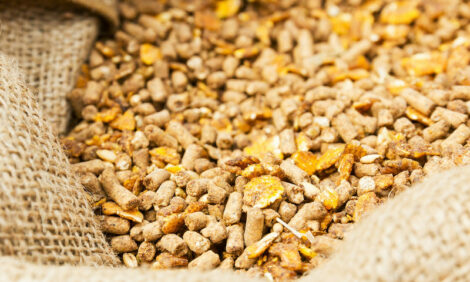



CME: Meat Price Inflation Outpacing Food Price Inflation
US - The Bureau of Labor Statistics recently published the results of its August price surveys, offering the latest reading on prices at both the producer (PPI) and consumer level (CPI), write Steve Meyer and Len Steiner.At the retail level, the data shows that food price inflation continues to outpace overall inflation in the economy. Meat price inflation, also is outpacing the overall inflation in food prices. The
trend, however, has been for food prices to grow at a slower pace
than earlier in the year. Some items, such as lamb and pork, actually have seen a dramatic decline both in terms of wholesale prices
and prices at the retail level. The Consumer Price Data (CPI)
shows that while overall price inflation in the US in August was
hovering around 1.7%, food price inflation was at 2% (compared to
4.7% in Q4 of 2011). Food inflation at retail has slowed down considerably and it was pegged at 1.47% in August while food inflation at foodservice continues to run at around 2.8%, about
the same as earlier this year. Price inflation for a number of
protein items continues to be quite strong. Beef and veal prices at
the retail level rose by 5.8% in August, while prices for chicken
and chicken parts were up 5.9%. Turkey prices were up 7.2%. In
contrast, prices for pork at retail were 0.1% lower than a year ago
while lamb prices were down 4.4% from a year ago.
As we have noted in the past, there are lags in the transmission of higher (or lower) livestock prices to the consumer. The
charts to the right show the year over year change in prices for
beef and pork both at the wholesale and retail level. For wholesale
prices, we used the Producer Price Index for pork and beef while
for retail prices we used the Consumer Price Index for these two
species. As you can see, the swings in the pork market are much
more dramatic given the more pronounced cyclical performance of
hog prices. Pork producers are much more responsive to changes
in profitability than beef producers given the relatively shorter
production span (12-18 months for hogs vs. multiple years for cattle). Generally the decline in wholesale pork prices is followed by a
decline in retail prices as well, although the response is not immediate given the propensity of retail meat prices to be sticky.
Also,
the magnitude of the decline (or increase) in pork prices is not as
large as at the wholesale levels since at the retail level the price of
the raw material makes up a smaller share of the sticker price.
The recent break in pork prices needs to be placed in the context
of other such occurrences in recent years. Normally the break in
wholesale prices is followed by a sharp reversal and significantly
higher prices in the following year. Producers respond to negative
margins by cutting back production. In 2009, pork prices at the
wholesale level fell by as much as 23% only to bounce back 30%
the following year. We will likely see further declines in the
pork PPI in the final quarter of 2012 but the expectation is for a
sharp rebound next year and possibly the following year as well.








